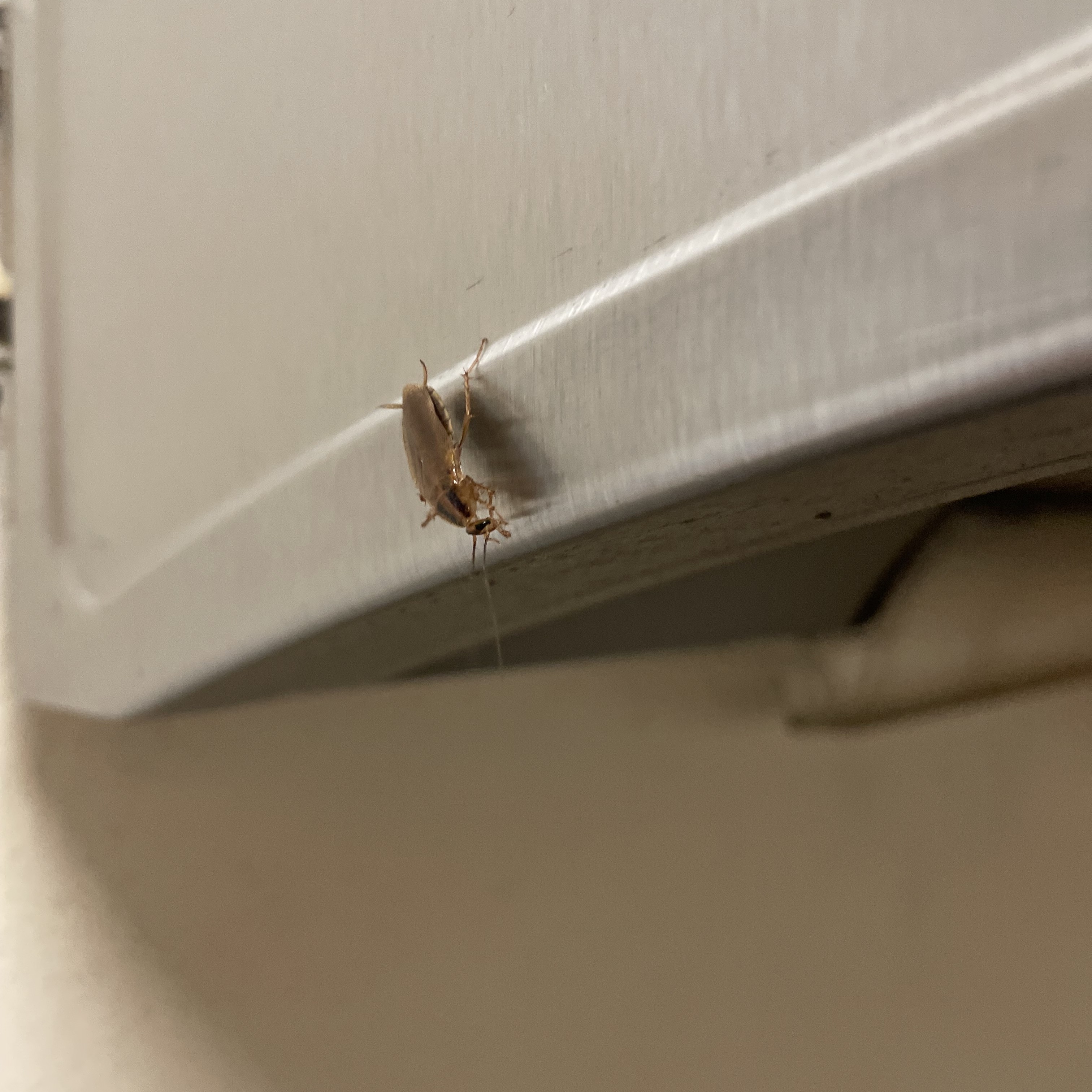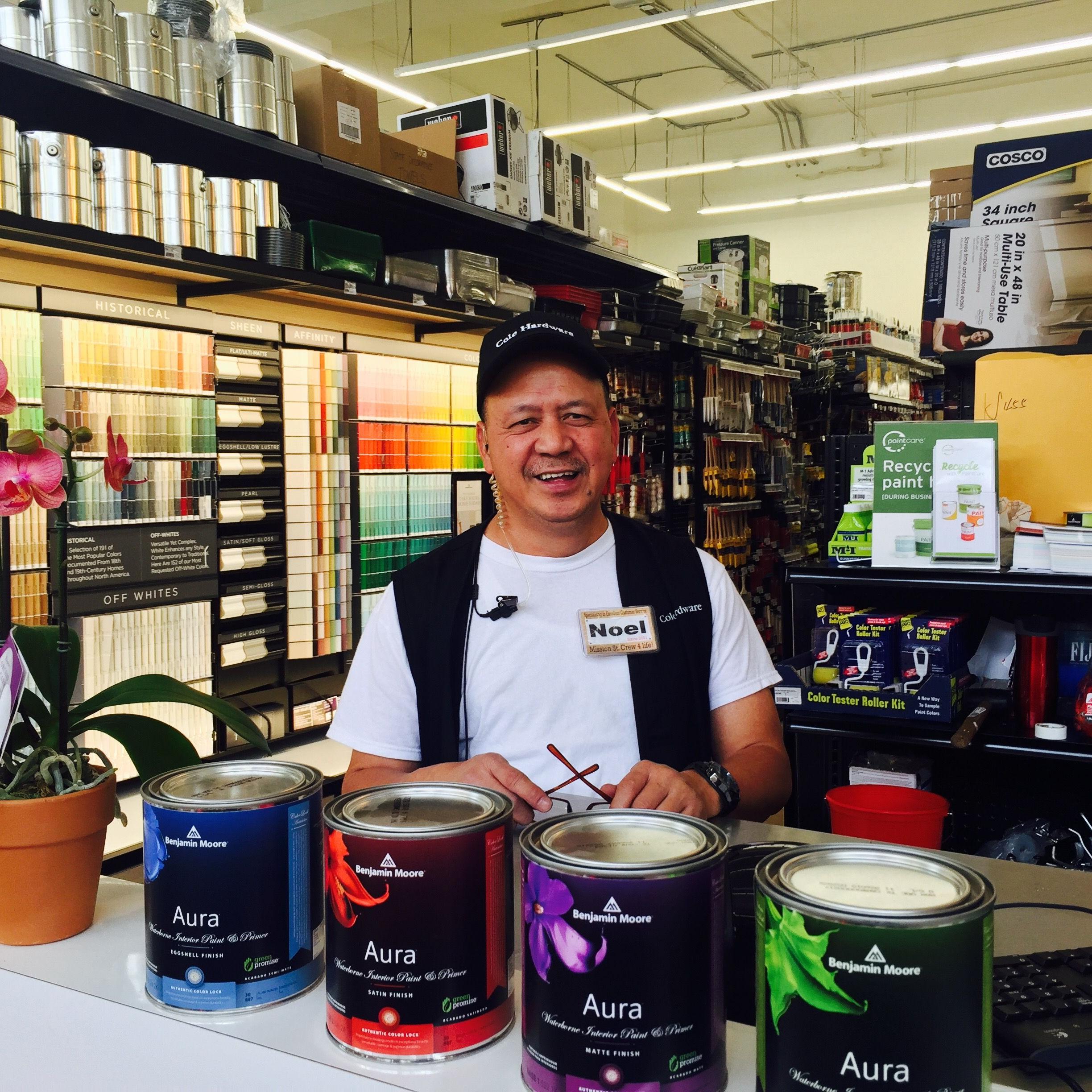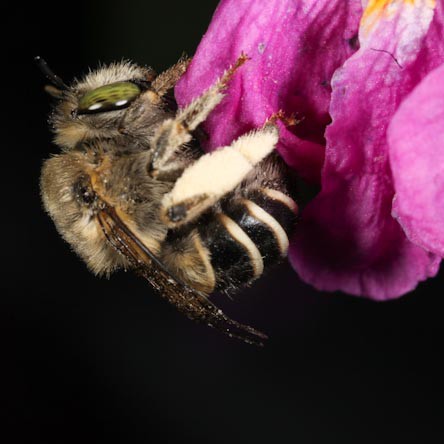Pest prevention is the secret to safe and effective pest management. Pesticides can harm humans, pets, and the environment, and should be considered only as a last resort.
Food / Water / Shelter / Access
Food
- Put away food to avoid attracting pests.
- Seal food using hard plastic, glass, or metal containers. Many pests can chew through materials like paper, cardboard, and thin plastic.
- Routinely clean up all crumbs and spills.
- Rinse all food and beverage containers before recycling.
- Rinse garbage and recycling bins frequently.
- Clean up plant debris, such as fallen fruit under fruit trees.
Water
- Fix leaky pipes.
- Clean out drains and rain gutters.
- Drain or treat puddles.
- Turn off all garden hoses completely when not in use.
Shelter
- Clean up clutter.
- Remove cardboard boxes, crates, used tires, piles of wood, and overgrown plant material.
- Seal all cracks and crevices where pests can hide.
Access
- Screen all vents and entryways into buildings to keep pests outside.
- Seal out pests by caulking and installing door sweeps or other barriers.
Related Content
Specific Pests and Solutions
Managing Pests in Your Home (PDF)
Eeek! I've got mice – what should I do?
General Information
What Is Integrated Pest Management?
Pest Prevention By Design Guidelines (NEW)
External Links
EPA Guide to Implementing IPM
EPA Protect the Pollinator Resources
How to prevent and manage pests in your building or garden (Our Water, Our World)
UCSF's Pesticides Matter Brochure (PDF, University of California, San Francisco)



